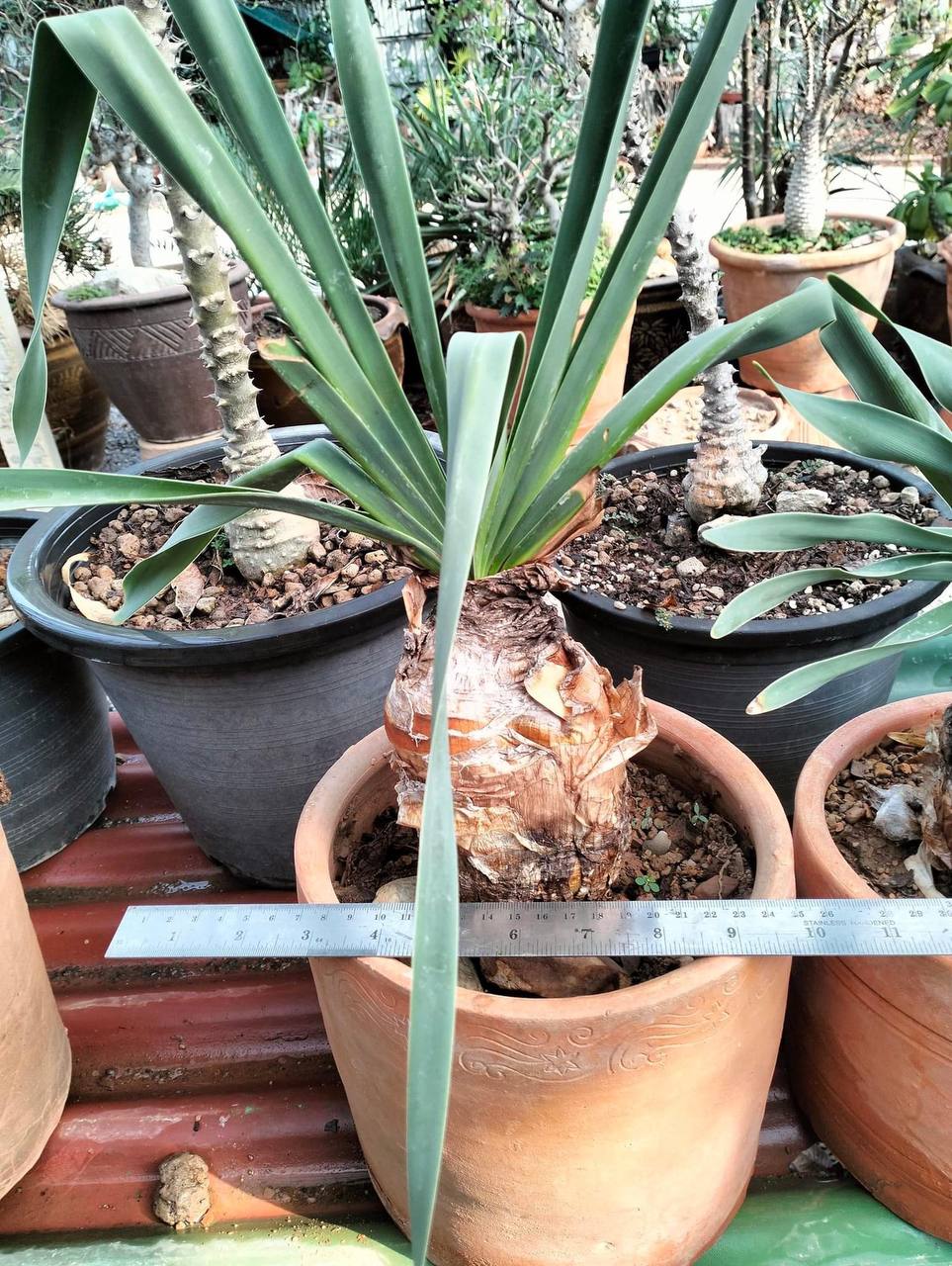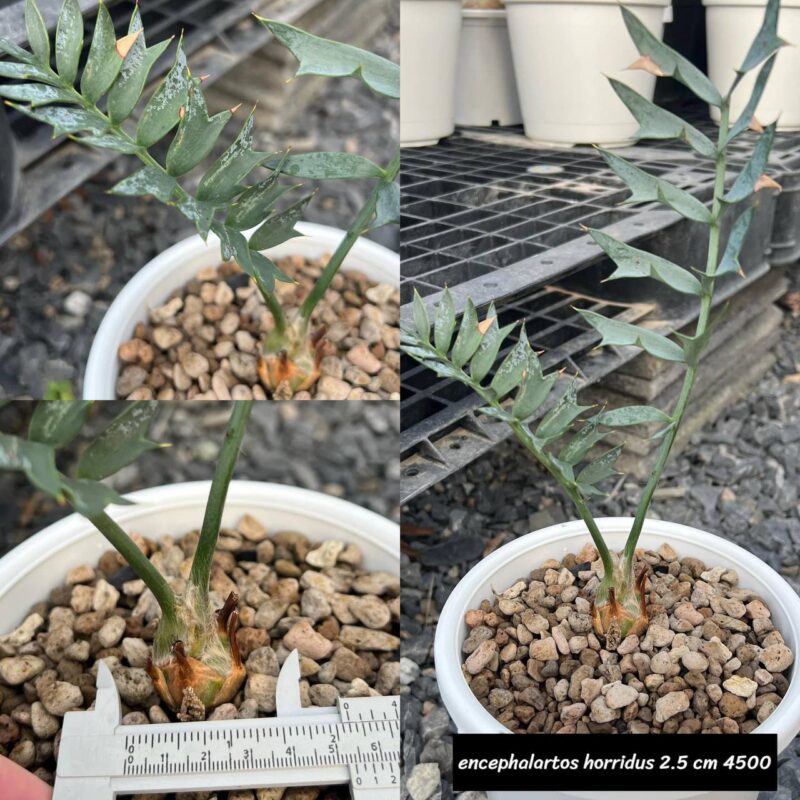Boophane disticha, also known as the century plant or tumbleweed, is a bulbous tropical and subtropical flowering plant that is endemic to Africa. It is native to countries such as Angola, Botswana, South Africa, and Zimbabwe, where it grows wild in dry savannas, grasslands, and forest glades



Appearance:
The Boophane disticha has a distinctive fan-like appearance, with its bulb half-protruding from the ground. [1]
It produces a single inflorescence (flower cluster) before the arrival of its new leaves each season. As the fruiting head matures, the pedicels (flower stalks) undergo a remarkable elongation, reaching up to 300mm in length. [1]
When the fruiting head separates from the stalk, it is easily moved by light breezes, scattering its seeds as it rolls – hence the “tumbleweed” nickname. [1]
Adaptations:
The Boophane disticha is well-adapted to its dry, arid native habitats. Its bulb allows it to store water and nutrients, enabling it to survive periods of drought. [1]
The plant contains toxic alkaloids such as buphanidrine, buphanamine, and crinamidine, which serve as a defense mechanism against herbivores. These compounds can have hallucinogenic and potentially fatal effects if ingested in large quantities. [1]
The elongation of the pedicels during fruiting helps the plant disperse its seeds over a wider area, increasing its chances of successful propagation. [1]
Uses:
Historically, the Boophane disticha has been used by indigenous African groups such as the Khoi, Bushmen, and Bantu to make poison for arrow tips. [1]
The bulb has also been used in traditional African medicine, as it contains compounds with analgesic (pain-relieving) and hallucinogenic properties. [1]
However, the plant is highly toxic and should be handled with caution, as ingesting it can lead to agitation, stupor, hallucinations, and even coma or death.
In summary, the Boophane disticha is a unique and fascinating succulent native to Africa, with adaptations that allow it to thrive in its arid environment, but also make it a potentially dangerous plant. Its distinctive appearance and interesting uses in traditional medicine and as a natural pesticide have made it a subject of interest for botanists and horticulturists alike. [1][6-8]























